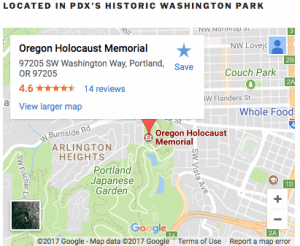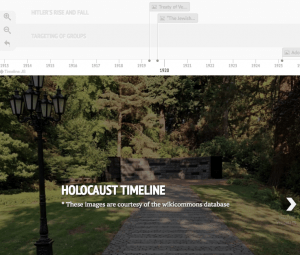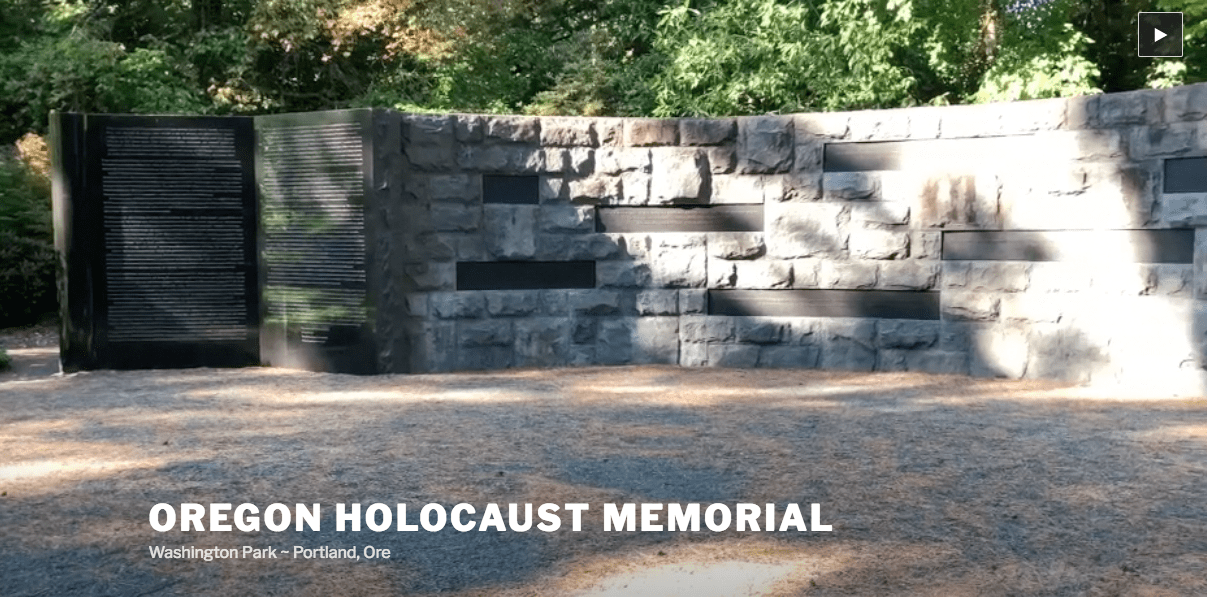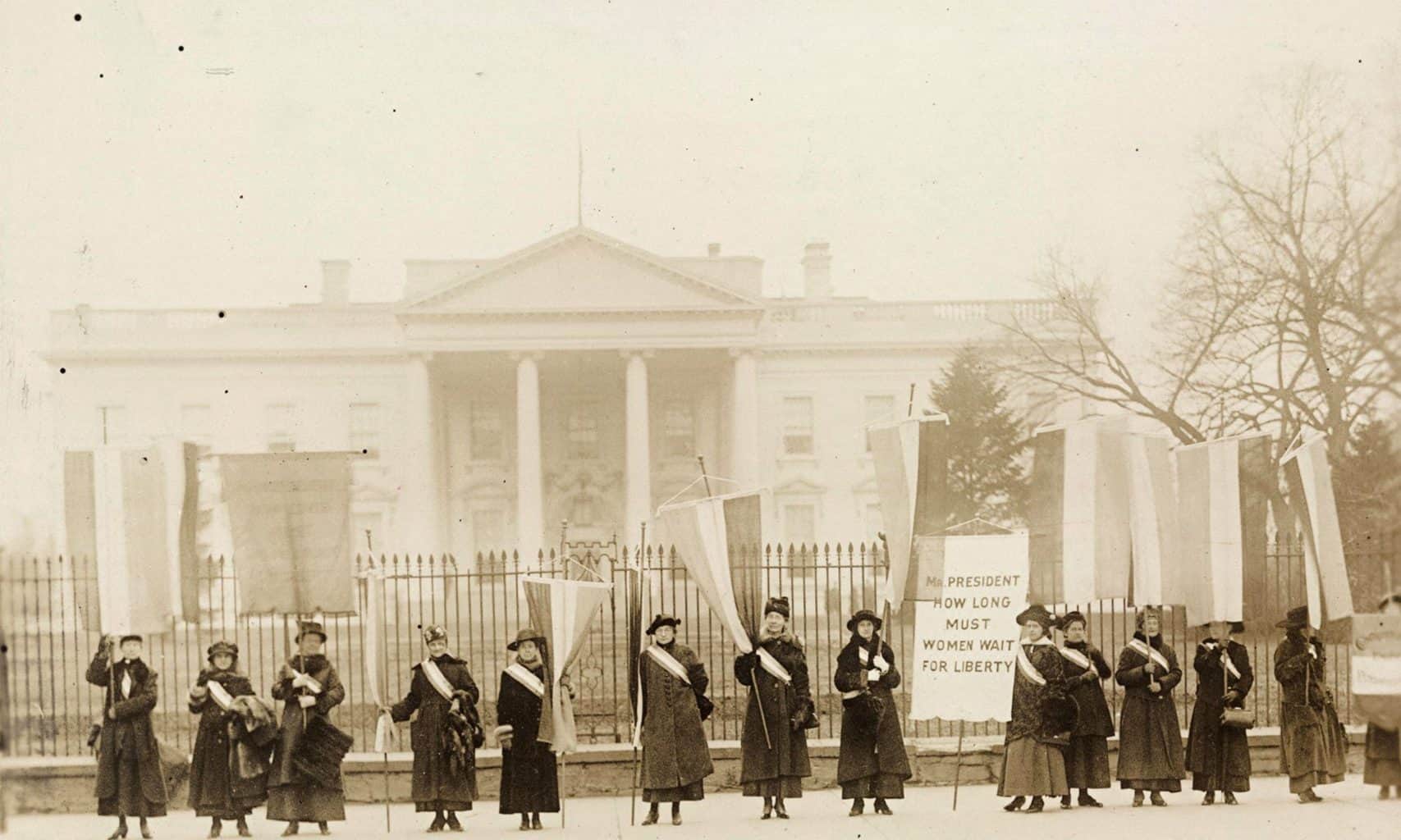This semester, we were fortunate enough to collaborate on a project with the Oregon Jewish Museum and Center for Holocaust Education. As part of Ed Methods 533E at the University of Portland, we created a site dedicated to the Oregon Holocaust Memorial located in Washington Park, Portland, Oregon.

This project was designed for teachers and students to experience the Oregon Holocaust Memorial from the perspective of instructors and learners. Other visitors can also use the tools and resources this site provides to enhance their experience.

For my contribution, I helped design a timeline using knightlab that describes the events leading up to the Holocaust to the end of WWII. The timeline was corroborated by the United States Holocaust Memorial Museum and correlates with the events found on the memorial wall. All events were placed into two categories: the rise and fall of Hitler and the targeting of groups. This timeline can be used as a pre-visit tool for teachers to explain to students the events surrounding the Holocaust. I also put together a lesson that is compatible with the timeline (can be found on the time page).



